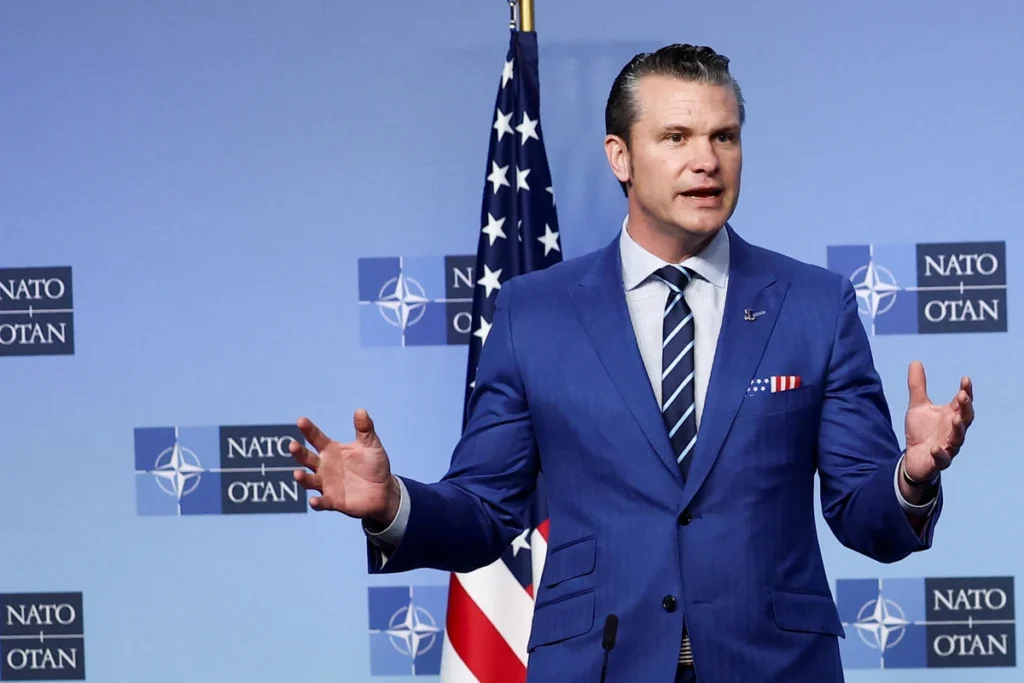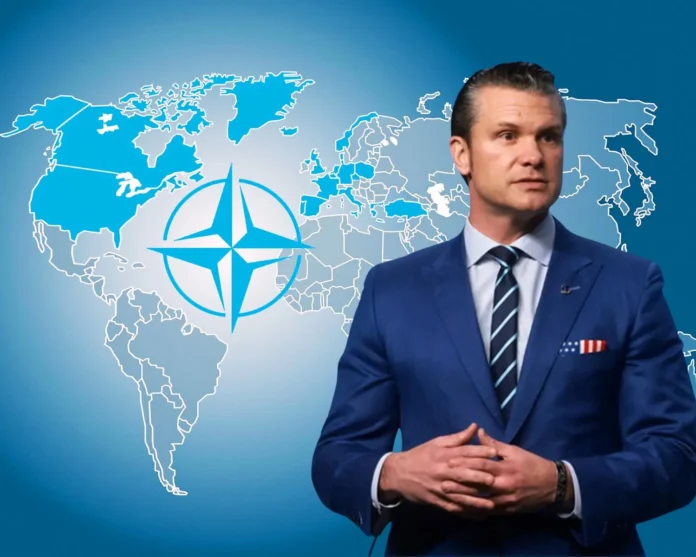Introduction
NATO defense strategy remains a focal point in global security discussions, with U.S. Defense Secretary Pete Hegseth emphasizing the need for revitalization. He reaffirmed NATO’s status as the most successful defense alliance in history but stressed that adaptation is crucial to counter contemporary threats. The U.S. administration is focused on reviving the warrior ethos, reinforcing deterrence, and strengthening military readiness. According to Hegseth, NATO members must increase defense investments and take greater responsibility for Europe’s security.
Beyond military deterrence, NATO’s role must expand to address cyber threats, economic vulnerabilities, and the rise of non-state actors. A comprehensive defense approach incorporating intelligence-sharing, joint military exercises, and diplomatic engagement is essential for NATO’s continued dominance on the global stage.
The U.S. Stance on China and Global Deterrence
While addressing concerns about China, Hegseth clarified that the U.S. does not seek conflict but acknowledges areas of strategic divergence. He described “hard deterrence” in the Pacific as a necessary measure against emerging threats. The emphasis remains on maintaining a strong military presence while pursuing diplomatic relations.
Expanding on this, he pointed out that the Indo-Pacific region is increasingly becoming a focal point for geopolitical tension. The U.S. and its allies must not only enhance military capabilities but also engage in proactive economic partnerships that serve as a counterbalance to China’s expanding influence. Hegseth suggested that long-term security in the region would depend on forming new alliances while reinforcing existing defense pacts with Japan, South Korea, and Australia.
Strengthening Defense Production and Reducing Bureaucracy
Hegseth called for a radical overhaul of defense production to ensure faster delivery of critical resources. He criticized existing delays, highlighting the need for streamlined processes to improve efficiency. This approach aims to enhance NATO’s technological and military capabilities, ensuring preparedness for future conflicts.
He further elaborated that modern warfare demands faster technological advancements, particularly in artificial intelligence, drone warfare, and missile defense systems. By fostering collaboration between the private sector and military organizations, NATO can ensure that defense innovation remains at the forefront. Reducing bureaucratic hurdles would facilitate the rapid deployment of critical technologies, ensuring member nations are equipped to respond to threats more efficiently.
European Defense Responsibilities and Military Investment
A recurring theme in Hegseth’s address was the expectation for European nations to increase defense spending beyond the 2% GDP benchmark, proposing a rise to 5%. He reinforced the idea that while the U.S. will stand by its allies, Europe must step up to ensure regional security. The call for investment reflects a growing acknowledgment that economic and military strength are intertwined in global stability.
Hegseth also stressed that burden-sharing within NATO is a necessity, not an option. European allies must modernize their defense systems and ensure they are capable of rapid response. He advocated for greater interoperability among NATO forces, which would allow seamless coordination in military operations. The need for a more unified command structure, joint training programs, and shared intelligence capabilities was highlighted as crucial for maintaining collective defense readiness.
Negotiating Peace and Geopolitical Realities

Addressing Ukraine’s situation, Hegseth stressed that negotiations would include both Russia and Ukraine. He dismissed claims that the U.S. was making premature concessions, instead highlighting the necessity of realistic, power-balanced diplomacy. He also suggested that U.S. investment in Ukraine’s natural resources could serve as a long-term security guarantee.
He underscored that negotiation is not equivalent to weakness; rather, it is a strategic tool that, when backed by strong military positioning, can lead to more favorable outcomes. Hegseth highlighted the historical significance of diplomatic negotiations while ensuring deterrence remains credible. Additionally, he pointed out that diplomatic solutions must incorporate economic strategies, sanctions, and conditional alliances to create a sustainable balance of power.
The Future of NATO’s Expansion
Looking ahead, NATO must consider not just its existing partnerships but also potential new alliances. As global threats evolve, NATO may need to expand its reach beyond its traditional European focus, forging deeper connections with allies in Asia, Africa, and Latin America. The organization’s ability to adapt to shifting geopolitical landscapes will determine its long-term relevance.
Hegseth emphasized that NATO’s strategic outlook should include cybersecurity cooperation, energy security, and economic resilience. Strengthening these non-military aspects of security will help NATO maintain global stability in an increasingly multipolar world. Additionally, NATO members must continue addressing hybrid warfare tactics, including misinformation campaigns and economic coercion, to safeguard democratic values.
Conclusion
The evolving geopolitical landscape demands a reassessment of NATO’s strategies. The U.S. administration remains committed to strengthening alliances while pushing for greater responsibility among European nations. Investing in military capabilities, reinforcing deterrence, and streamlining defense production are central to ensuring NATO’s effectiveness in the years ahead.
As new challenges arise, NATO’s ability to adapt and lead will be tested. The focus remains on balancing diplomacy with strength, ensuring a robust global security framework. By embracing innovation, deepening alliances, and reinforcing collective defense mechanisms, NATO will continue to serve as a pillar of global security for decades to come.


